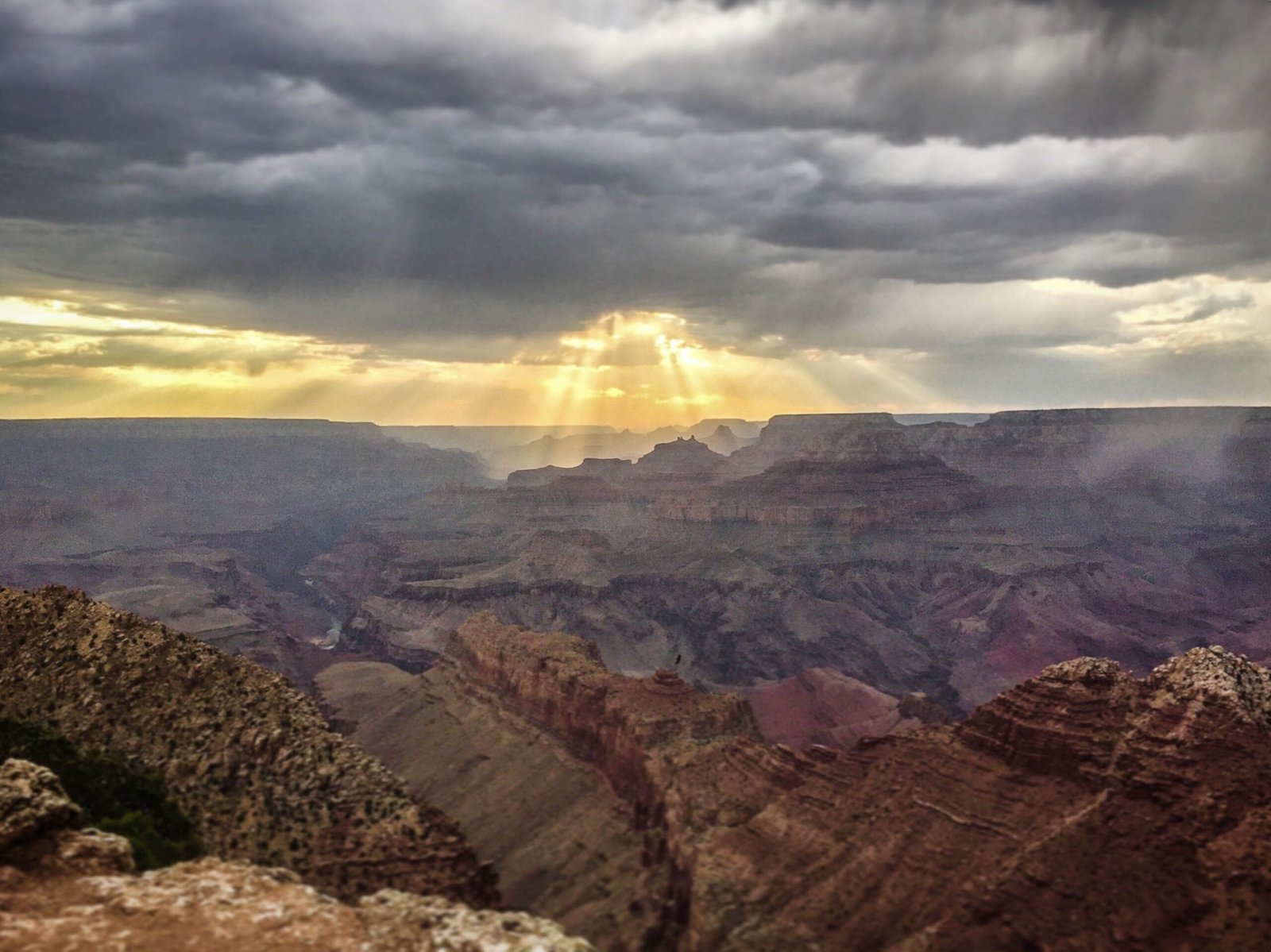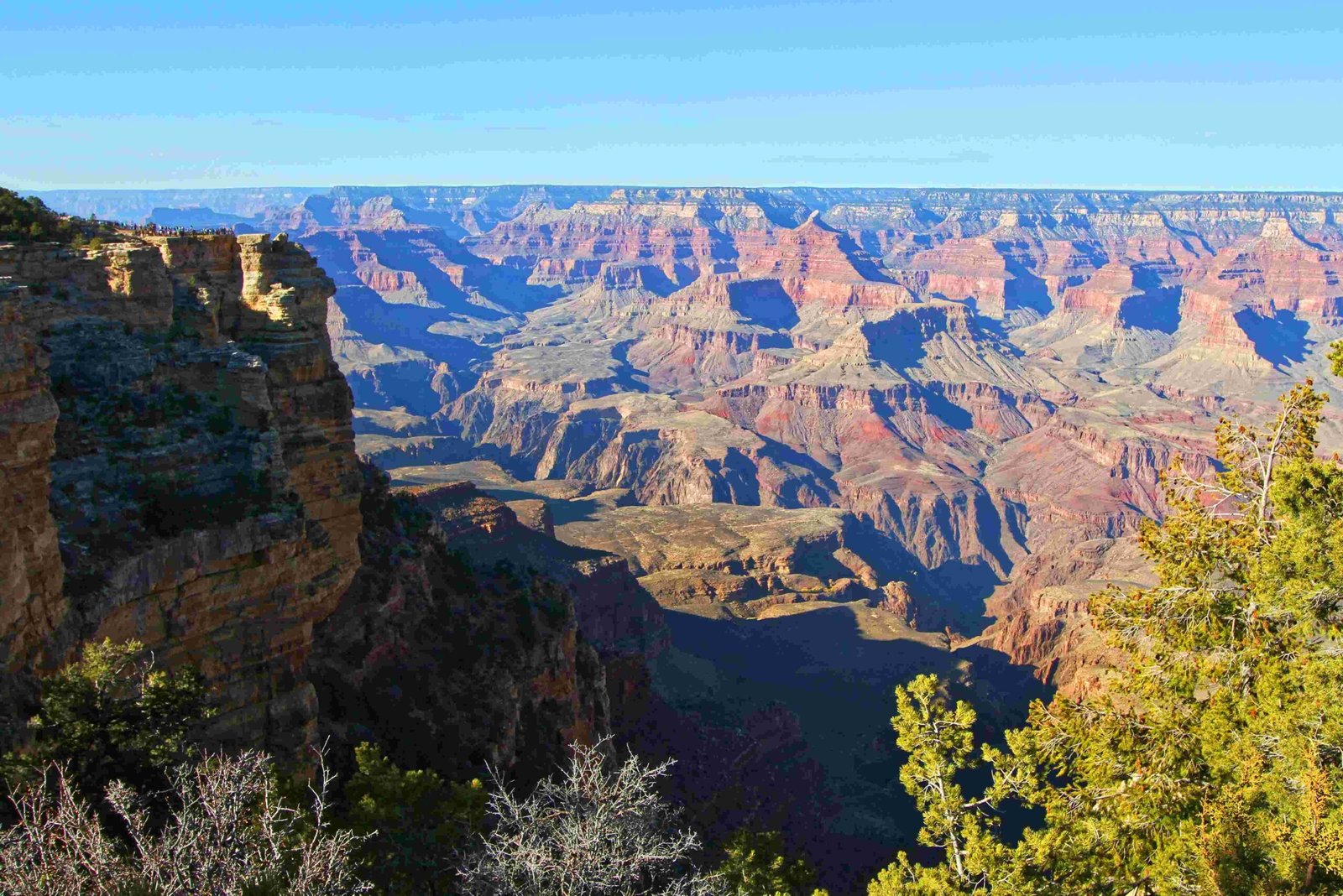Hiking the Grand Canyon requires meticulous planning, physical preparation, and strategic knowledge. Every year, thousands of adventurers attempt canyon trails, but only those who approach the journey with comprehensive understanding and respect for the terrain can truly experience its majestic beauty safely. This guide provides critical insights into navigating one of America’s most challenging and breathtaking hiking destinations.
What Makes Grand Canyon Hiking Unique?

The Grand Canyon presents extraordinary hiking challenges that distinguish it from typical mountain or forest trails. Its extreme temperature variations, dramatic elevation changes, and unpredictable weather demand specialized preparation and knowledge.
Why Preparation Matters?
| Hiking Aspect | Critical Considerations |
|---|---|
| Temperature | Range from 20°F to 120°F |
| Elevation | 4,400+ feet vertical change |
| Trail Difficulty | Extremely strenuous |
| Water Availability | Limited and strategic |
How Should Hikers Prepare Physically?

Fitness and Training Requirements
Successful Grand Canyon hiking demands:
– Cardiovascular endurance
– Lower body strength
– Mental resilience
– Heat and altitude adaptation
Training Recommendations:
– Stair climbing exercises
– Long-distance walking
– Strength training focusing on legs
– High-intensity interval training
What Essential Gear Ensures Safety?
Recommended Equipment Checklist
- Footwear
- Waterproof hiking boots
- Ankle support
-
Non-slip soles
-
Hydration Systems
- Minimum 3-liter water capacity
- Electrolyte replacement tablets
-
Lightweight water filtration system
-
Protective Clothing
- Moisture-wicking layers
- Sun protection hat
- Lightweight, breathable fabrics
When Is the Best Time to Hike?
Seasonal Hiking Insights
Optimal Hiking Periods:
– Spring (April-May)
– Fall (September-November)
Avoid:
– Summer midday hours
– Peak heat periods (10 AM – 4 PM)
– Winter’s icy conditions
How Can Hikers Manage Trail Challenges?
Navigation and Survival Strategies
Successful hikers understand:
– Trail difficulty variations
– Personal physical limitations
– Emergency communication protocols
– Proper pacing techniques
Key Survival Tips:
– Start early morning
– Maintain steady, conservative pace
– Take frequent rest breaks
– Monitor personal hydration
– Carry emergency communication device
What Are Top Recommended Trails?
Trail Difficulty Comparison
| Trail Name | Distance | Difficulty | Water Stations |
|---|---|---|---|
| Bright Angel | 9.5 miles | Strenuous | Multiple |
| South Kaibab | 6.5 miles | Very Strenuous | Limited |
| Rim Trail | 13 miles | Moderate | Frequent |
Emergency Preparedness Strategies
Critical Safety Protocols
- Inform park rangers of hiking plans
- Carry personal locator beacon
- Pack comprehensive first-aid kit
- Understand basic wilderness survival techniques
Final Hiking Wisdom
Grand Canyon hiking transcends mere physical challenge—it’s a transformative experience requiring respect, preparation, and humility. By understanding environmental dynamics and personal limitations, hikers can create memories that last a lifetime.
Pro Tip: The canyon doesn’t care about your fitness level or determination—it demands complete preparedness and unwavering respect.

